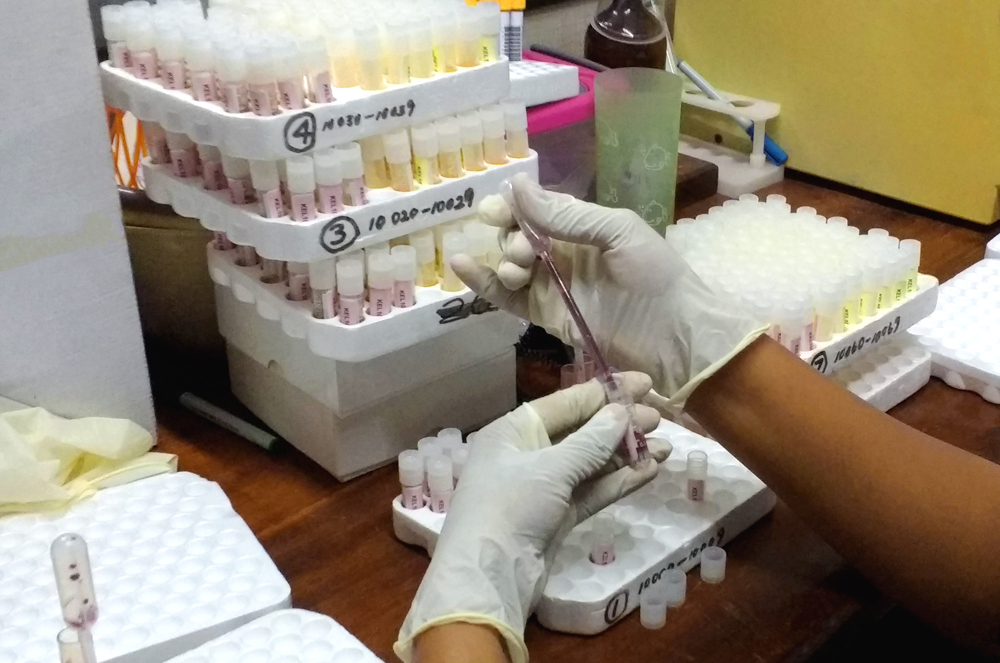
Project 2
Quantifying the relationships of clinical and laboratory measures with risk of future T2D and CVD in South Asians
We aim to understand the prospective relationships of clinical and laboratory measures of metabolic and cardiovascular risk with future development of T2D and CVD amongst South Asians from a wide range of geographic and environmental settings. To achieve this we are exploiting the already available baseline data and stored biological samples from six ongoing longitudinal studies. This has been completed for the UK component (LOLIPOP study), leading to identification of 2,481 people with new onset T2D, and 2,461 with new onset CVD and it is underway for iHealth-T2D. Follow-up of other South Asian cohorts (Ragama, CURES and EpiMigrant studies) will be done within the surveillance system.
The information collected will be used to quantify the prospective relationships between clinical and laboratory measures with future development of T2D and CVD, and to calibrate and validate risk prediction algorithms for prediction of T2D and CVD amongst South Asians from a wide range of settings, using readily available clinical and laboratory measures. Finally, we will carry out modelling and health economic analyses to predict the future trajectories for T2D and CVD in South Asian populations, and to inform the potential impact of interventions for prevention of T2D or CVD targeted based on clinical and laboratory measures, including risk stratification algorithms.
The ambition is to inform clinical practice, guidelines and health policy for prevention and control of T2D and CVD in South Asians.


